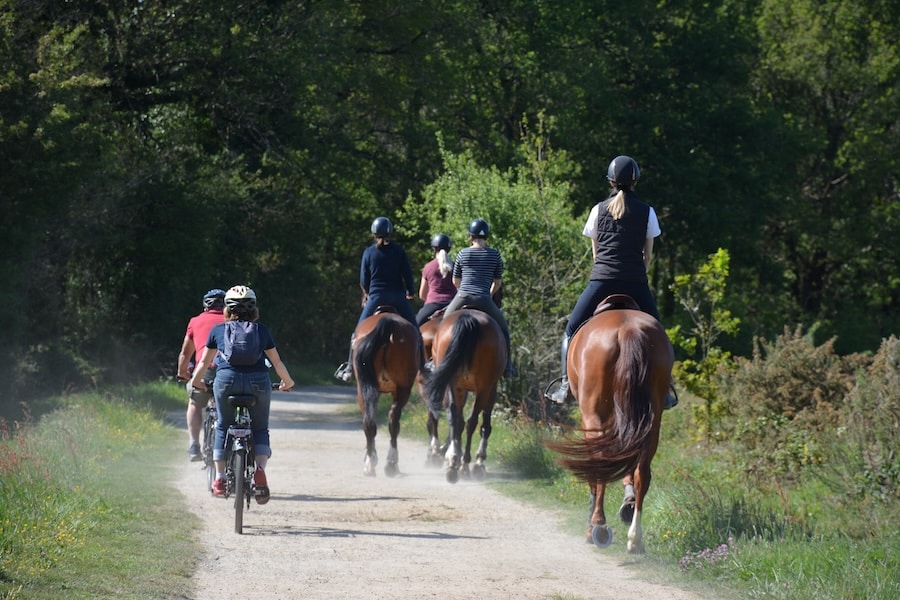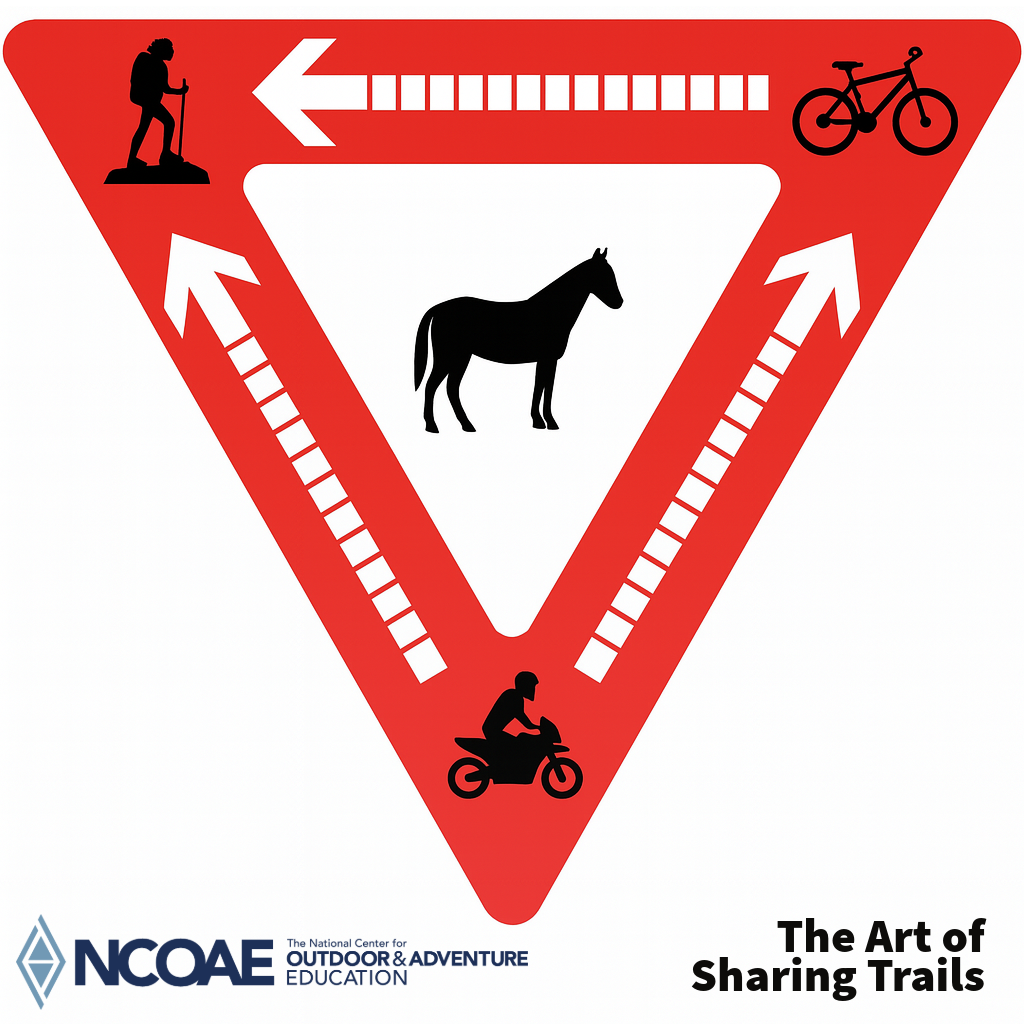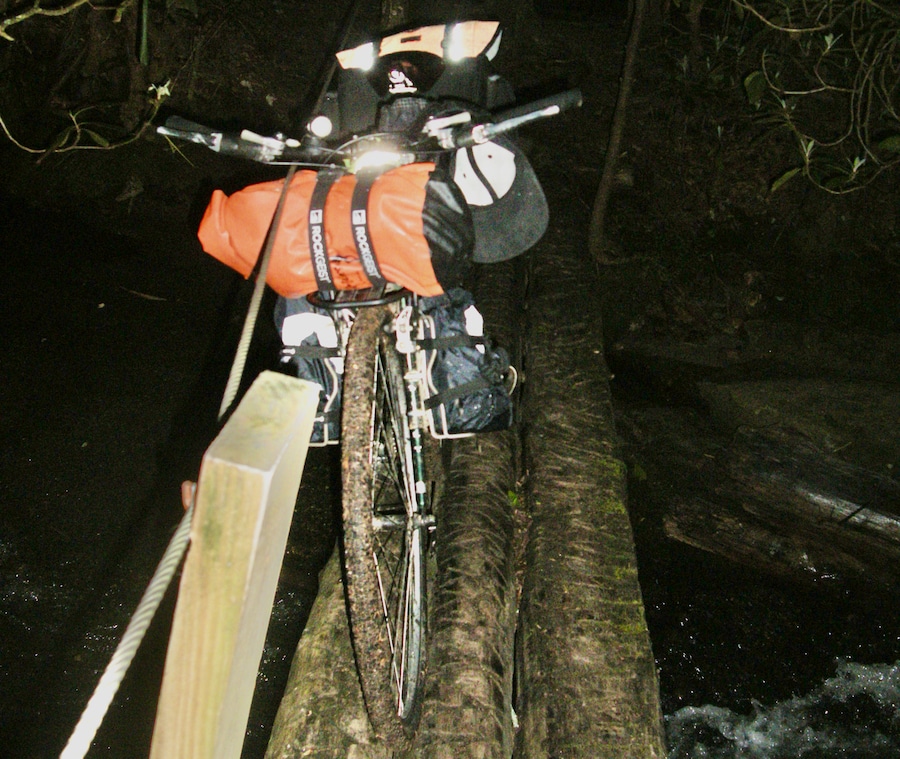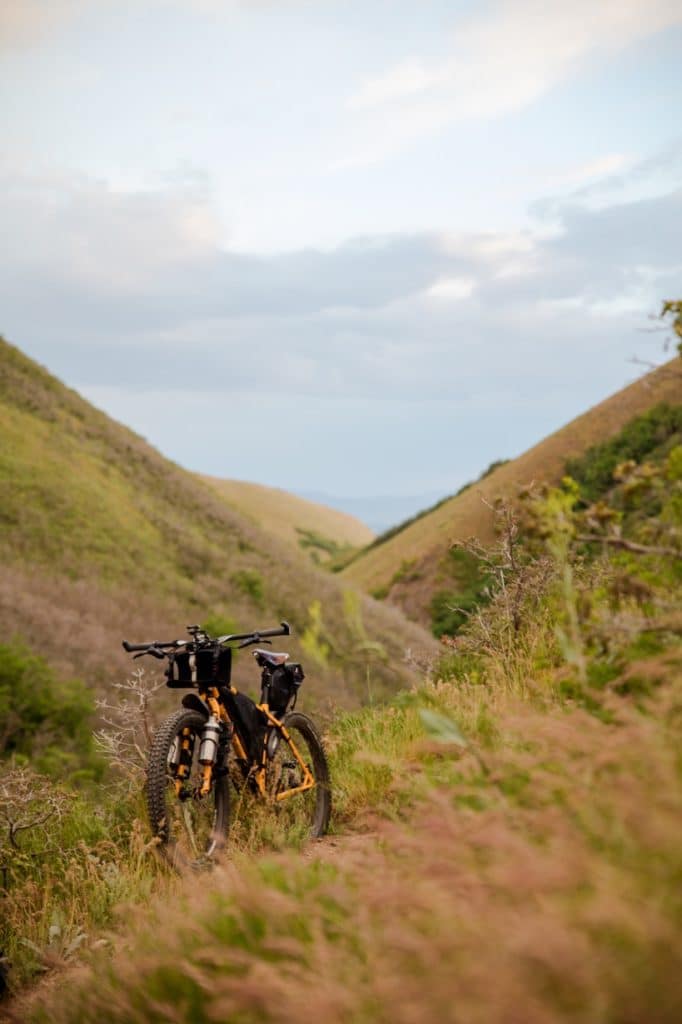The Art of Sharing Trails with Hikers, Bikes, Horses, and Dogs
Backcountry EthicsThere it is, middle fingers up, people screaming at one another, animals running amok. It’s just another day on the trails lost to behaviors that are normally reserved for Los Angeles traffic.
It doesn’t need to be this way.
So long as everyone’s aware of the rules and then follows them, hikers, bicyclists, horses, and dogs can share the trails in peaceful harmony.

All of us should have access, as well as the right, to enjoy trails designated as multi-purpose. Open access is great. And, of course, the more access we provide to people who engage in diverse outdoor activities, the more money is available to maintain and expand trails, and the more voices we have to ensure that trails remain intact.
Yes, access for many is great for everyone until it isn’t. I have witnessed abominable behaviors — physical fights, trash talking, and worse — in my time on trails. More often than not, one or all of the guilty parties were at fault, usually because they weren’t cautious, didn’t know or practice proper trail etiquette, or lacked the skills to behave with a modicum of courtesy and civility.
In this post, I bring you up to speed on the rules and best practices that can make everyone’s time on trails more enjoyable.
Follow the Sign
Whenever you’re out on a trail, you’re wise to follow the signs, and I’m not just talking about trail markers. Here’s a sign that serves as a great visual for remembering who yields to whom on multi-use trails.

Here’s what it means:
- Bicyclists yield to hikers.
- Motor vehicles yield to hikers and bicyclists.
- Everyone yields to horses.
Easy. Right?
Among the things that make sharing trails and right of ways on trails difficult is that everyone on the trails is in motion. Hikers are moving at around three miles an hour. Cyclists commonly travel at speeds ranging from 10 to 30 miles an hour. Those on e-bikes are often hustling along in excess of 40 miles an hour. And horses typically walk, trot, or canter at speeds ranging from four to 15 miles an hour. These differences in speeds can lead to potentially dangerous encounters, which, in turn, can trigger fear or frustration. Either of those emotions can quickly turn to anger.
Many trail users think of trails as being (more…)
The Three Bears: Part 3 — Decision Time for the Trailbike Rider
WildlifeEditor’s Note: Below is final part in Stephen Mullaney’s three-part series of essays about encounters with bears in the backcountry. The first essay in the series recants the shock Stephen experienced with one particular bear encounter, while the second essay in this series attempts to find humor in a persistent bear taking up quarters in an NCOAE camp late at night. This time around, Stephen — who serves as Director of School Partnerships here at The National Center for Outdoor & Adventure Education (NCOAE) — writes about a timing issue.
Decision Time for the Trailbike Rider
When NCOAE offers larger courses or custom outdoor education courses, we try to have a floater in the field. The floater is an instructor who knows the course area, can navigate to multiple groups in a single day, and has the ability to be flexible and help out when groups are in need of extra support.
I enjoy being a floater because it allows me to see the NCOAE field staff in action. To watch an NCOAE instructor teach is inspiring to me. It also has the added benefit of allowing me to discover different approaches to teaching our curriculum. As a result, being a floater is akin to real-time professional development.
On one particular wilderness course for which I was the floater, we 11 crews/groups in the field. Because of the distance between the groups, the terrain that would need to be traversed, and the need to reach groups quickly, I figured using a trail bike was a no brainer. I could get to each group every four days and still be able to respond to any group that may need outside support in a quicker fashion.

Each day I woke up, left the crew with which I had spent the night, and headed off to meet the next crew before they had even had their breakfast. Then I was off to the next group before lunch, and I usually showed up to meet my final crew for the day a little before dark. Or very much after dark depending on circumstances.
(more…)‘Free Range’ Mountain Bike Advocates Seek Access to Wilderness Areas
Land ManagementStrange and interesting things are afoot in the human-powered outdoor recreation community, and if you’ve been paying attention to issues surrounding the use of wilderness areas lately, what follows here might not come as a surprise.
What has emerged is a growing division among outdoor enthusiasts as to whether or not mountain bikes should be allowed in designated wilderness areas. The question, which has turned controversial as of late, fosters fears that mountain bike organizations are beginning to align themselves with companies, organizations and politicians insisting on making their way into wilderness areas for resource exploration.

Photo by Patrick Hendry | Sourced from Unsplash
But first, a brief description of how the U.S government defines wilderness:
“The Wilderness Act, signed into law in 1964, created the National Wilderness Preservation System and recognized wilderness as “an area where the earth and its community of life are untrammeled by man, where man himself is a visitor who does not remain.” The Act further defined wilderness as “an area of undeveloped federal land retaining its primeval character and influence without permanent improvements or human habitation, which is protected and managed so as to preserve its natural conditions.“
That description also specifies that (more…)
TALK TO US
Have any further questions about our courses, what you’ll learn, or what else to expect? Contact us, we’re here to help!